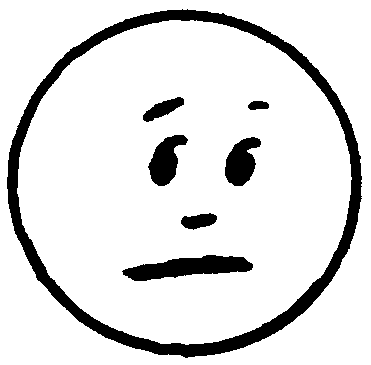| << Chapter < Page | Chapter >> Page > |
24.2 No, pentagons do not tesselate
26
(a) 50
(b) 105
(c) 993
(d) 995
(e) 12
(f) 12
(g) 12
(h) 7
(i) 100
(j) 100 000
(k) 5 r. 3
(l) 9 r. 5
(m) 8 r. 6
(n) 9 r. 5
(o) 7 r. 4
24. TESSELLATIONS
24.1 Did you know?
When a surface is covered by tiles so that there are no gaps left between the tiles, and no tiles overlap, the pattern that is made is called a tessellation, e.g.

We say the form tessellates.
24.2 Do you think ALL polygons will tessellate? __________ Motivate your answer.
_____________________________________________________________________
_____________________________________________________________________
_____________________________________________________________________
_____________________________________________________________________
_____________________________________________________________________
24.3 Use a combination of polygons, e.g. a triangle and a square and design a floor covering for a kitchen or bathroom. It must tessellate! Colour it in neatly.
25. Time for self-assessment
|
|||
| I was able to group different triangles according to their characteristics. |
 |
 |
 |
| I can explain the following concepts: | |||
|
 |
 |
 |
|
 |
 |
 |
|
 |
 |
 |
|
 |
 |
 |
|
 |
 |
 |
|
 |
 |
 |
|
 |
 |
 |
|
 |
 |
 |
| I can indicate the axes of symmetry of figures. |
 |
 |
 |
| I can draw a pattern with shapes that tessellate. |
 |
 |
 |
26. Can you improve the mark you got in the previous mental test? Try to complete this one in 2 minutes.
a) 16 + 19 + 15 = ____________
b) 28 + 36 + 41 = ____________
c) 1 009 – 16 = ____________
d) 1 012 – 17 = ____________
e) ____________ x 8 = 96
f) 9 x ____________ = 108
g) 84 ÷ 7 = ____________
h) 63 ÷ ____________= 9
i) 10 5 ÷ 103 = ____________
j) 10³ x 102 = ____________
k) 43 ÷ 8 = ____________
l) 59 ÷ 6 = ____________
m) 78 ÷ 9 = ____________
n) 86 ÷ 9 = ____________
o) 53 ÷ 7 = ____________
27. CHALLENGE!
27.1 Arrange 20 toothpicks to form seven squares (see sketch). Move three toothpicks so that only five squares of the same size are left.

27.2 Arrange your toothpicks as shown in the example below. Move only two so that you form a parallelogram and three rhombuses.

27.3 Trace the following pieces of a tangram onto a folio sheet and cut them out neatly. (You may use a tangram if you have one in the class.)
Use all the pieces and build a cat in as many different ways as possible!

Learning Outcome 1: The learner will be able to recognise, describe and represent numbers and their relationships, and to count, estimate, calculate and check with competence and confidence in solving problems.
Assessment Standard 1.8: We know this when the learner performs mental calculations involving squares of natural numbers to at least 10 2 and cubes of natural numbers to at least 5 3 .

Notification Switch
Would you like to follow the 'Mathematics grade 7' conversation and receive update notifications?